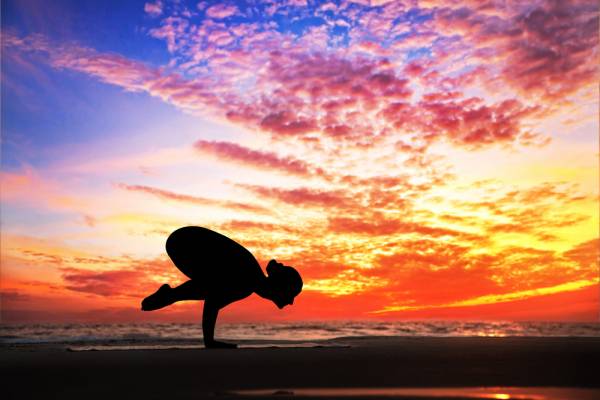Fear what you do know, not what you do not know.
Fear comes in many forms. For many, it is a muscular sensation of adrenaline coursing through the vascular system, prompting you to leap into action or run. For others, it can be immobilization or dissociation of consciousness. How does this relate to how you deal with fear?
Fear is often associated with uncertainty or instability. The fear is of not knowing an outcome or a fear of the unknown. To combat this, our mind create ways for us to maintain a simple life, repeating patterns that have proven, desired results. Think about it:
- Are you a creature of habit?
- Do you eat the same foods?
- Do you wear one outfit more often than any other?
- Do you take the same driving route to work?
- Do you eat meals the same time each day?
- What other patterns and habits do you have?
These are all examples of safety strategies. When we do X, we get Y results. Using the same pattern or recipe and we get the same results, every time. When we know what the outcome will be, we feel safe and secure because we are “in control” of our life experience. The unknown is viewed as threat or potential danger.
Maybe one day there is construction on your travel route that forces you to detour to an unfamiliar road. Think about your reaction. What was the first thought that came to mind? It may be about arriving to the destination late. But is that really the driving force behind an emotional reaction? I believe it has more to do with being forced to experience something unknown, at an in opportune time that you previously believed you had control over. In other words, the emotional reaction is a realization that we are not in control, which leaves us feeling vulnerable, like skittish prey.
How to allay fear:
- Avoid saying “I already know that.”
- Practice saying “I do not know.”
- Ask what you are fearful of deep down that produces undesired emotions.
- Ask, “Is this the true answer?” Continue asking these questiond until you get to a “yes” answer.
This is a great strategy to use when working in yoga poses. Especially arm balances or poses that require greater focus on remaining upright. It is common for yoga practitioners to have concerns or fears of falling on their head. This innate, primal fear is a protective strategy to keep our precious brain safe. Plummeting to your death or crushing your brain from flopping out of crow pose is highly unlikely, as in, not likely at all.
 Asking yourself the question, “Is it true that if I fall out of crow, I will die?” introduces an element of incongruity between reality and the perception of danger. Stay with what is true. Crow pose is not what is thwarting growth and development in the pose. The association of the pose with fear is thwarting growth.
Asking yourself the question, “Is it true that if I fall out of crow, I will die?” introduces an element of incongruity between reality and the perception of danger. Stay with what is true. Crow pose is not what is thwarting growth and development in the pose. The association of the pose with fear is thwarting growth.
You are holding on to a lie. Let go of the lie, acknowledge the fear, and separate your self from it. Place the fear outside the body. I visualize the fear as a grey ball and literally place it off of my mat. I can pick the fear back up any time; it is an important safety strategy but has zero relevance in my crow pose.
Acknowledge fear, align with truth, and recite what is real. This will dissociate the emotional hold from the experience and allow you to move forward – in a pose and in life.
Fear what you do know, not what you do not know.
Photos courtesy of Shutterstock.






